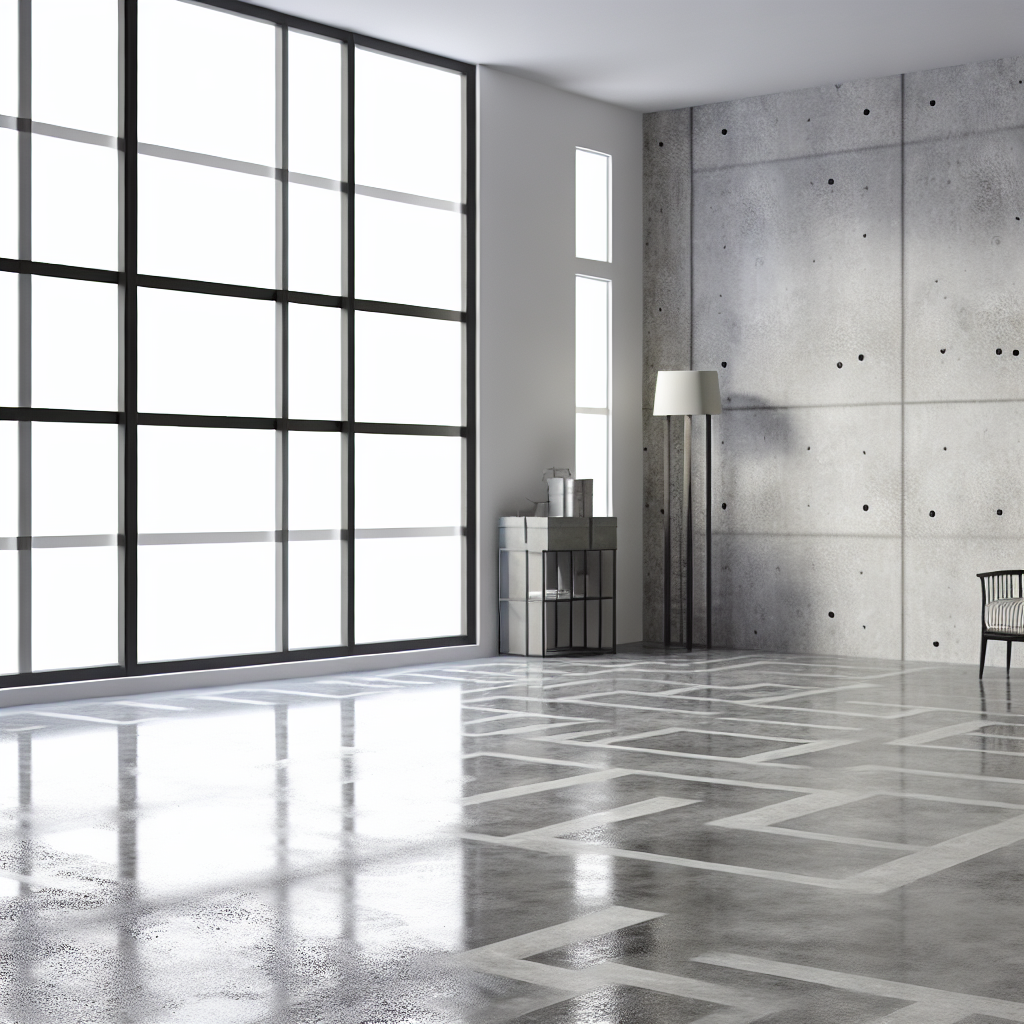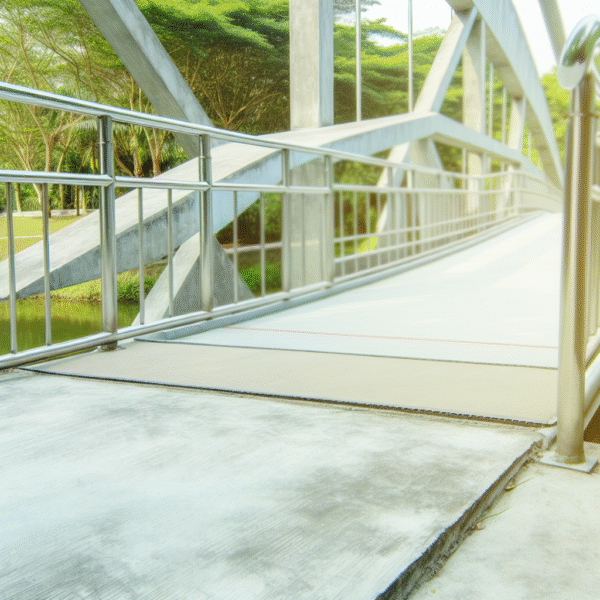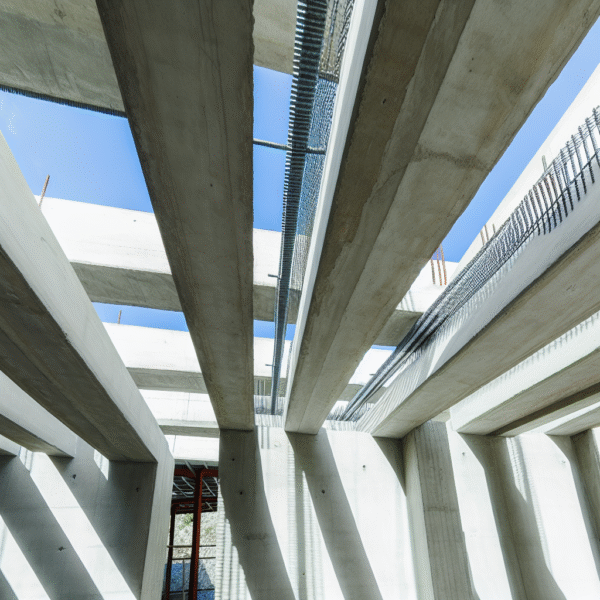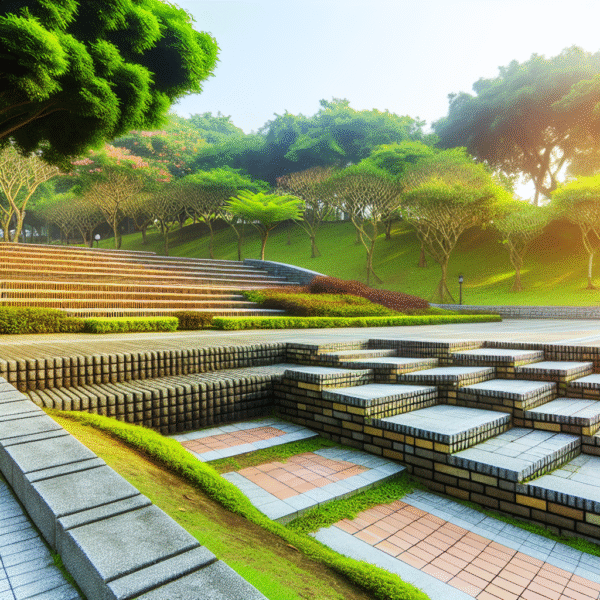How Decorative Concrete Flooring Is Transforming Interior Design
Decorative concrete flooring is dramatically reshaping how we experience interior spaces. Once limited to industrial garages and warehouses, it now appears in homes, boutique hotels, cafés, and museums. This modern flooring option blends durability with style, making it a smart choice for both families and solo travelers seeking visually compelling, low-maintenance interiors. It’s more than a surface—it’s a bold design statement that reflects local culture and personal lifestyle.
In trendsetting cities like Austin, Texas, and Portland’s Pearl District, artisan-crafted decorative concrete tells stories through pigment, polish, and pattern. These floors can mimic everything from polished stone to distressed leather, creating a look that feels both grounded and imaginative. Versatile and weather-aware, this material adapts to local aesthetics while offering lasting performance.
From Desert Retreats to Artistic Stays: Aesthetic Flexibility
Whether you’re renovating a family bungalow in Tucson or booking an Airbnb in sunny Palm Springs, decorative concrete flooring offers both practical and visual benefits. It stays cool underfoot—perfect for hot climates—and comes in finishes that replicate tile, wood, or even marble. This flexibility makes it ideal for a broad range of interior design styles.
At Casa Cody, a historic Spanish-style property in Palm Springs, designers used decorative concrete to honor the region’s adobe roots while keeping interiors clean and contemporary. The result is a beautiful, functional floor that suits both modern travelers and multigenerational families.
In high-traffic properties like hostels or vacation rentals in places like Savannah’s Historic District or Denver’s RiNo Arts District, this flooring stands up to heavy use. It’s resistant to allergens, moisture, and foot traffic—an especially helpful trait for short-term stays and pet-friendly spaces.
Durability Meets Style in Coastal and Mountain Settings
Whether it’s a snowy chalet in Park City or a cliffside cabin in Big Sur, decorative concrete flooring adapts easily. In winter climates, it works well with radiant heating systems and textured finishes that add traction. Families enjoy warm interiors without giving up on design or comfort.
On the California coast, eco-forward properties like Costanoa Lodge integrate local elements—seashells, beach stones, and recycled glass—into concrete floors for a wave-washed mosaic effect. These finishes echo the surroundings while adding a unique local touch, turning the floor into a piece of art that resists the wear and tear of sand, salt, and ocean climate.
Community and Culture Expressed Through Flooring
Decorative concrete isn’t just for private spaces—it’s also thriving in cultural and community centers. Take the Children’s Museum of Indianapolis, for example. Its floors feature fossil imprints and celestial motifs, combining durability with interactivity. This practical yet imaginative use makes learning environments more engaging.
At the National Museum of the American Indian in Washington D.C., floors tell stories through tribal patterns created with staining and scoring. Here, decorative concrete flooring becomes a storytelling medium, guiding visitors through a cultural narrative under their feet.
In San Antonio’s vibrant Market Square, artisan demonstrations often show how local creators incorporate crushed turquoise and volcanic ash into concrete blends. These unique techniques reflect the landscape and enrich public spaces with texture and meaning.
Family-Friendly Floors for Public and Educational Spaces
In museums, aquariums, and science centers, decorative concrete flooring offers the perfect balance of strength, safety, and visual interest. The Science Museum of Minnesota, for instance, uses acid-stained floors in river-inspired greens and blues, creating an inviting yet practical walking surface that withstands winter traffic, strollers, and spills.
Child-focused venues like Chicago’s Navy Pier Children’s Museum bring personality to their floors through ocean-blue dyes and sculpted visuals. These surfaces double as educational tools and creative storytelling platforms, all while staying easy to clean and maintain.
An Eco-Friendly Choice for Conscious Travelers
Decorative concrete flooring appeals to green-minded travelers and designers alike. Using recycled materials like crushed glass and locally sourced sand reduces transportation emissions and construction waste, helping designers meet sustainability benchmarks such as LEED certifications.
In Taos, New Mexico, Earthship Biotecture’s off-grid constructions incorporate pigmented concrete floors with all-natural sealants. They demonstrate that stylish interiors don’t have to compromise the planet. Through guided tours and volunteer programs, visitors can even take part in eco-conscious flooring installations—a perfect blend of sustainability and immersion.
Smart Renovation Tips for Homeowners and DIY Enthusiasts
Planning to replicate the charm of a Kyoto guesthouse or Berlin loft? Decorative concrete flooring is a budget-friendly way to bring that sophisticated look home. Its scratch resistance and easy cleaning make it ideal for families and pet owners. It also adds flexibility for modern spaces—from minimalist dens to farmhouse-style kitchens.
In cooler regions like Vermont or Oregon, pairing concrete slabs with radiant heat systems helps maintain comfort year-round. Concrete overlays mimic natural stone or Mediterranean tiles, adding visual interest to basements, sunrooms, or guest rooms.
For DIY beginners, start with a compact space like a mudroom. Use water-based stains or try simple scoring patterns. Suppliers like Direct Colors and SureCrete offer user-friendly kits complete with tutorials. In DIY-focused cities like Boise or Asheville, community maker studios and local co-ops offer hands-on flooring classes throughout the year.
The Future Looks Bright for Decorative Concrete Flooring
Stylish, sustainable, and supremely functional, decorative concrete flooring is no passing trend. It’s taking root across climates, cultures, and communities—from eco-lodges and family homes to high-traffic public venues. As more renovators and travelers demand beauty with resilience, this unconventional material continues to deliver. Whether you’re creating a cozy cabin or welcoming guests to a beachfront escape, concrete may be the key to your next inspired interior.




